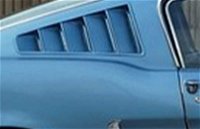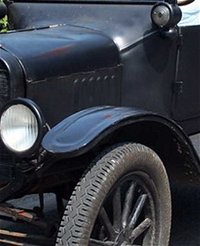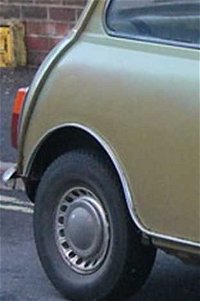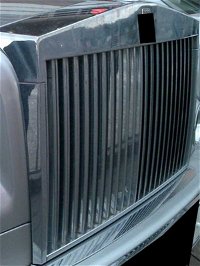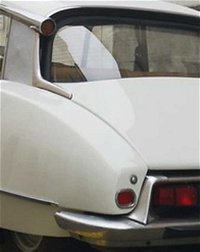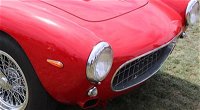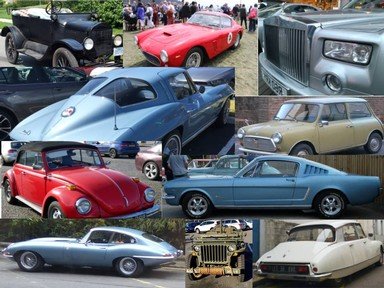
Classic Cars - Bits and Pieces Quiz
Classic cars are those that catch the eye with exquisite styling or those that are full of engineering ingenuity. This quiz lists ten such classic cars, all instantly recognisable. However what if you only see part of the car? Sneaky but solvable.
by 1nn1.
Estimated time: 3 mins.
- Home
- »
- Quizzes
- »
- World Trivia
- »
- Transport
- »
- Auto World
